Nearly all modern-day railroads have some form of signaling system that provide lighted aspects meant to instruct speed and routing guidance to the on-board train crews. These signals are usually comprised of some type of aluminum or steel mast, cantilever or bridge structures that are installed adjacent to the track or tracks. There are 10s of thousands of these types of structures in the USA alone.
Railroad signal cantilevers are typically installed on precast concrete foundations. Rarely, if ever, is any geotechnical analysis performed prior to installation. This lack of knowledge of soil condition can open the door to a plethora of issues, both short term and long term.
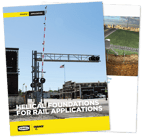 Get the brochure: Helical Pile Foundations for Rail Applications
Get the brochure: Helical Pile Foundations for Rail Applications
Foundation Settling Problems
What can be done if the ground beneath the precast foundation does not have enough capacity to hold the 35-50k lbs. foundation without settling? A time consuming and costly process of removing the soil and replacing it with competent, compacted fill. Instead, in a couple of hours, four helical combo piles can be installed to adequate torque to ensure the precast foundation does not settle.
Chance helical piles installed with a hydraulically-powered torque motor mounted to standard excavating equipment. Continuous torque and crowd is applied to advance the pile into load-bearing soil. The correlation between installation torque and capacity gives the installer, engineer, and owner confidence that the foundation will support its intended load.
A combo pile (consisting of a square shaft lead section and round shaft pipe extensions) is the perfect solution for this application. The square shaft lead penetrates the competent load bearing soil strata while the pipe at the top of piles provides the needed buckling strength in the weak soil strata. Chance 2” square shaft leads transitioning to 3.5” pipe is installed to an average installation torque of 9,000 ft-lbs. resulting in each pile having over 80 kips of capacity in compression. An adjustable construction cap allows all four plates to be leveled for the precast foundation to be installed on. This ounce of prevention is worth far more than any pound of cure.
Watch a video about helical combo piles.
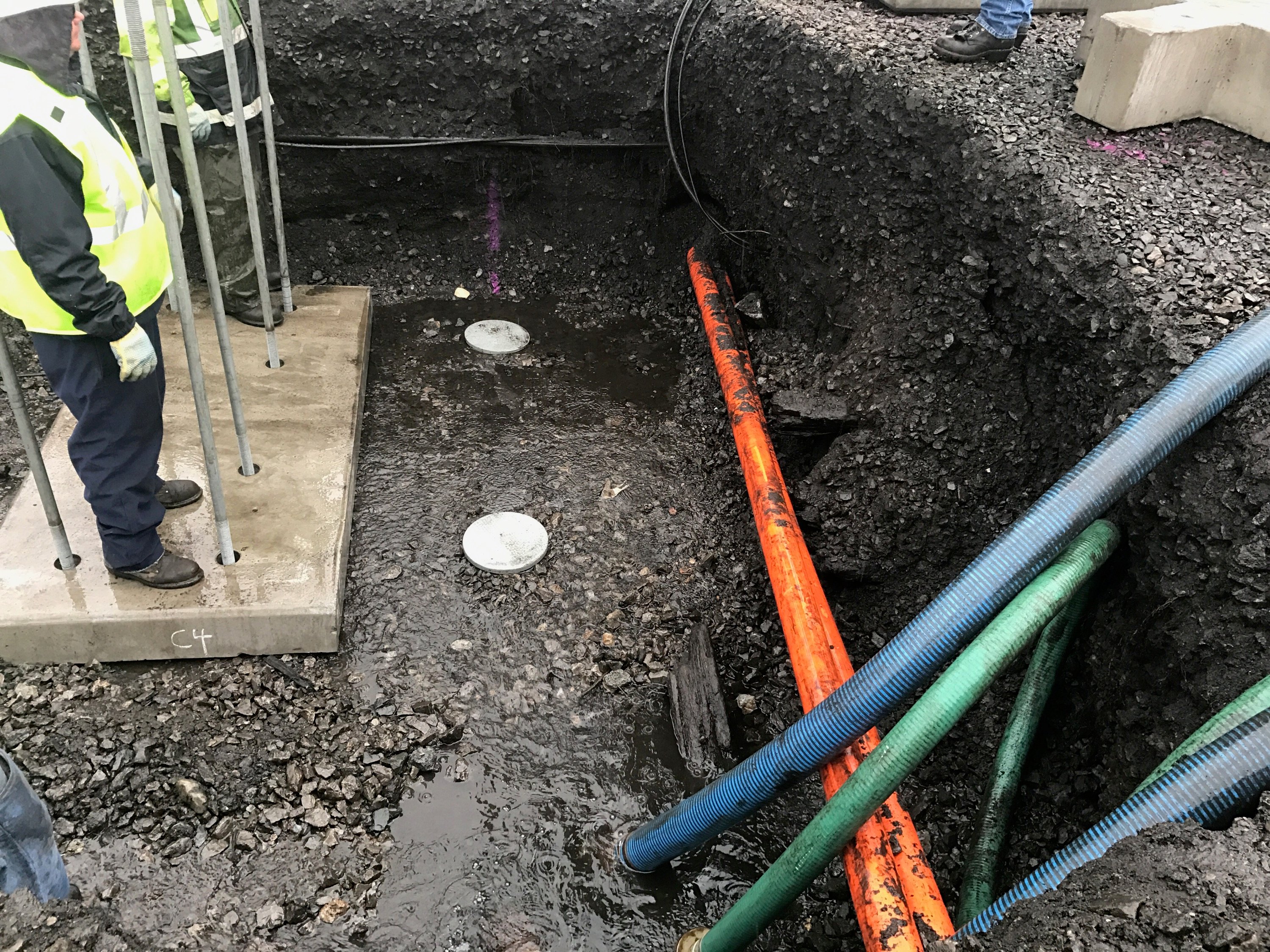
Failure of Existing Foundations
What if the precast foundation and cantilever are in service and the cantilever settles more than the leveling bolts can adjust for? The cantilever must be taken out of service, dismantled, the precast foundation removed, noncompetent soil removed and replaced in compacted layers of fill soil, then reinstall the precast foundation and cantilever. Not only does the construction cost the railroads money, but all of the tracks that pass beneath the cantilever arm will to be taken out of service. That alone could easily result in millions of dollars in operational losses.
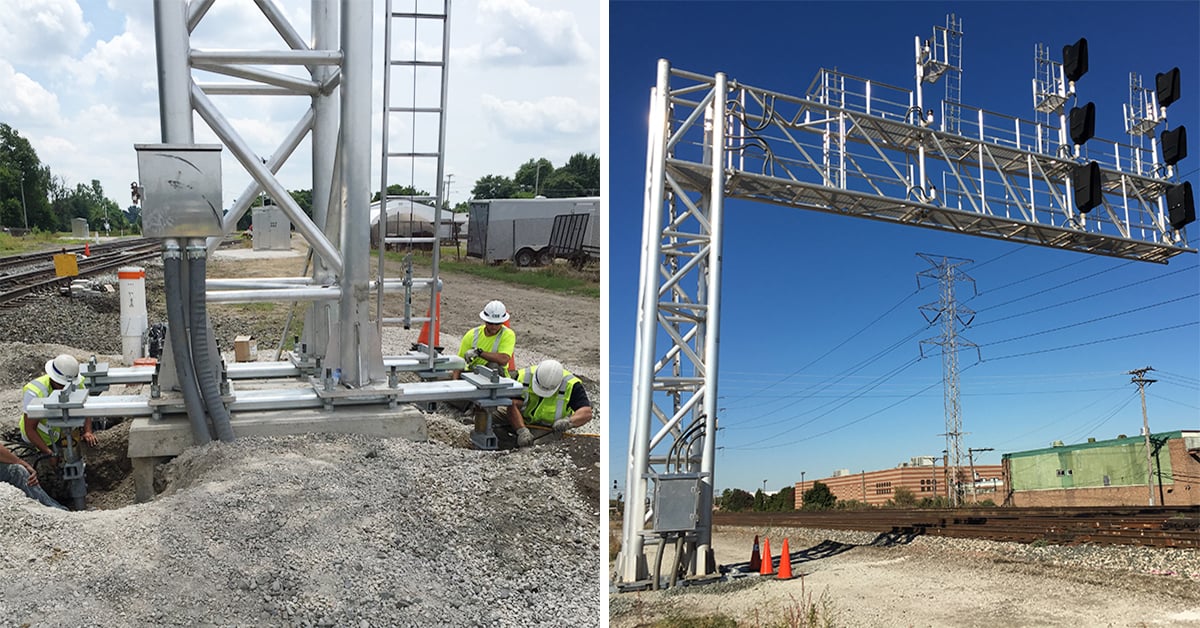
Instead, four SS200 to 3.5” pipe helical combo piles can be installed and connected to custom manufactured lifting brackets without removing the signal cantilever or foundation at all. In fact, the signal cantilever does not even need to be taken out of service while installing the remediation kit. The cantilever and precast foundation are supported and leveled on the four helical piles that are installed to competent soil strata.
Wire-ready Foundation Solutions
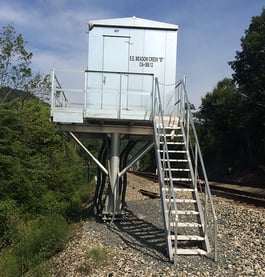
Helical foundations are utilized for a variety of other applications on the railroad. Larger diameter helicals typically 10.75” are used in the rail industry as the foundations for train control signals along the track, grade crossing warning devices, switch machines, trackside platforms, flood platforms, PTC antennas, and pedestrian crossing warning systems.
Large diameter helicals can include a pre-cut cableway allowing them to be easily wired. These pole base foundations have a high allowable bending moment combined with axial tension and compression capacity, making them a good choice for applications requiring multi-axis loading.
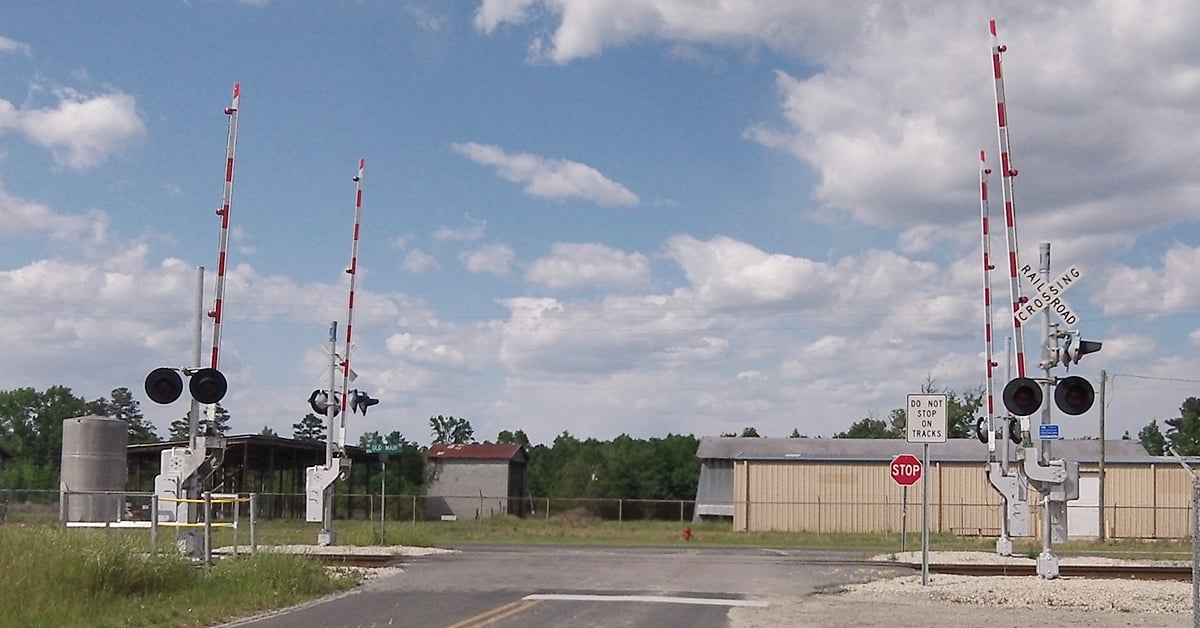
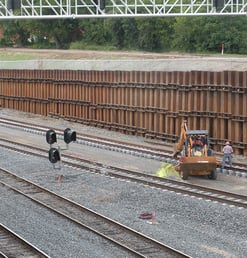
Tie-back Walls
In addition, square shaft helical piles are installed as tiebacks to hold walls in place. They can be used to remediate failing walls or reinforce new walls. The engineered steel foundations add lateral capacity to the wall with minimal soil disturbance, making them an excellent solution for the rail industry.
Watch a video about helical tieback anchors.
Learn more
Read about how a rail platform project was completed on one of London Heathrow’s jet fuel lines in only two days.
For more information on helical solutions for the railroad industry please fill out this form and I will email you a brochure with more info so we can start a conversation about how Chance helical piles can save you time and money on your next rail construction project.

